Brexit: The Big Picture
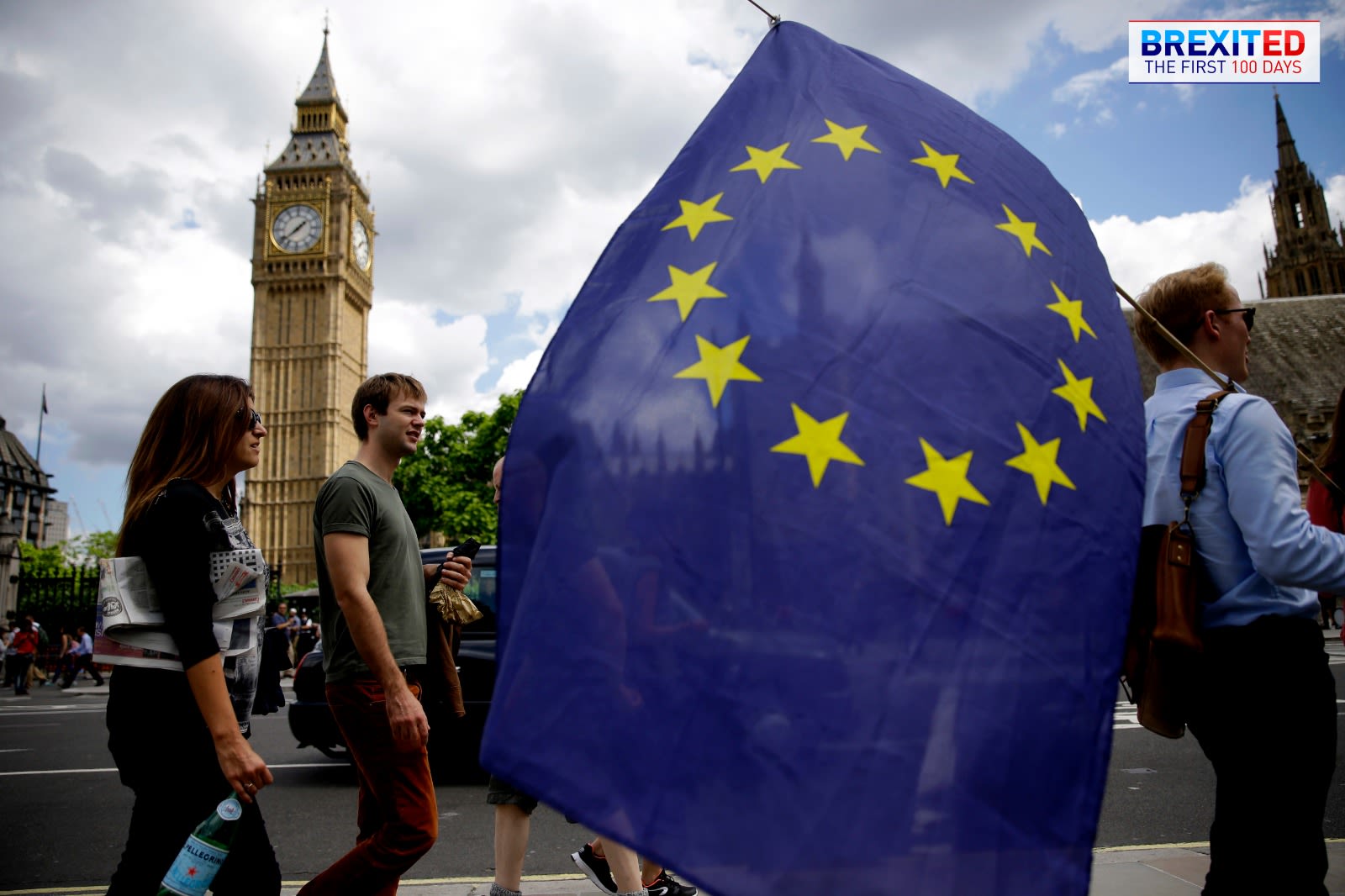
The story of Brexit is the story of opinions. So let's cut through the noise and look at the facts and figures.
The COVID-19 pandemic has had a huge impact on supply chains, but we can still pick out some key figures to show you how the end of the Brexit Transition Period has affected it all.
One of the key economic numbers is GDP, or Gross Domestic Product. To you and me, that means how much money the country makes overall each year.
The first chart shows the monthly changes to UK GDP from November 2020, through December and into January 2021. As you can see, it's unsteady over the time marked by the end of the Transition Period.
Keep scrolling, and you will see the chart change – these next visualizations show some of the sector-specific GDP over the same period.
Up next is the movement in the production sector. As you can see, growth was slow but stable in late 2020. But it shrunk by nearly 2 percent in the first month of 2021.
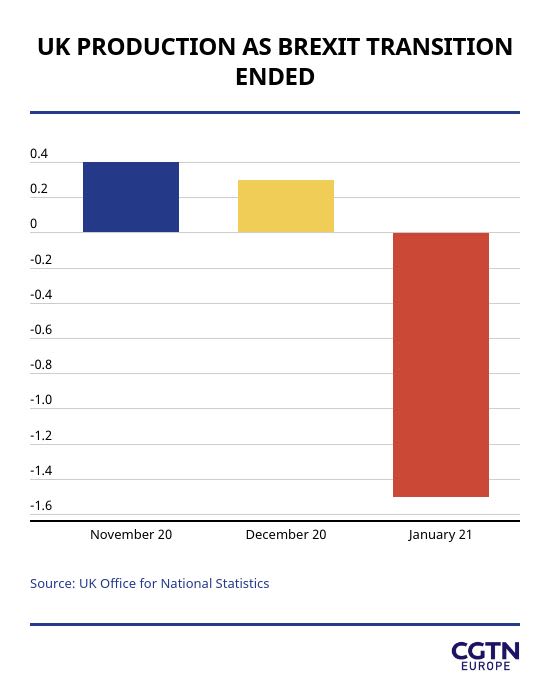
And the UK also felt fluctuations in its construction sector. However, unlike with production, commercial building dropped by a large portion in December – but that drop is bracketed by growth in both November and January.
But what does this all tell us about Brexit? Arguably, not as much as other indicators – especially when the pandemic is taken into account.
So let's take a look at some of the smaller figures that do point us in the direction of Brexit results.
![[object Object]](./assets/IW3t0B7wID/sector-gdp-update-spelling-550x657.jpeg)
![[object Object]](./assets/nIbRnjS8ag/construction-550x687.jpeg)
SO, HOW IMPORTANT IS DOVER-CALAIS?
"I hadn't quite understood the full extent of this, but if you look at the UK and if you look at how we trade in goods, we are particularly reliant on the Dover-Calais crossing" – Dominic Raab, UK Foreign Minister
When the COVID-19 pandemic struck, the importance of Dover-Calais became apparent – not least when the French border was closed.
While the big numbers like GDP move slowly, we can learn a lot from looking at the detail.
One main sticking point around Brexit trade negotiations was – and still is – the UK-EU border, and specifically how to get goods across it.
So we got in touch with Dover Port, which was able to give us traffic figures from the end of 2020 and the start of 2021.
In the fourth quarter of 2020 an average of 9,400 passengers, 857 cars, and nearly 7,000 trucks or vans used the ferry service every day.
But all of these dropped at the start of 2021, to just 2,000 passengers, 500 cars, and only 1,000 trucks.
We can see there was a drop between Q4 2019 and Q4 2020, which was most likely caused by COVID-19. This chart shows the exact number of vehicles and passengers using the crossing in each quarter.
But that doesn't explain the further drop at the start of 2021.
There is no pattern of lower truck numbers in Q1 looking back, so, although the UK was in lockdown, the port was open. And we can see Brexit did slow down transport between the UK and EU.
The Brexit negotiations were fraught, and it was often claimed that trade between the UK and EU would be lightly affected – if at all.
But one person who warned against assumptions that technology could make the new border seamless was former Australian trade negotiator, and now CEO of ExplainTrade, Dmitry Grozoubinski.
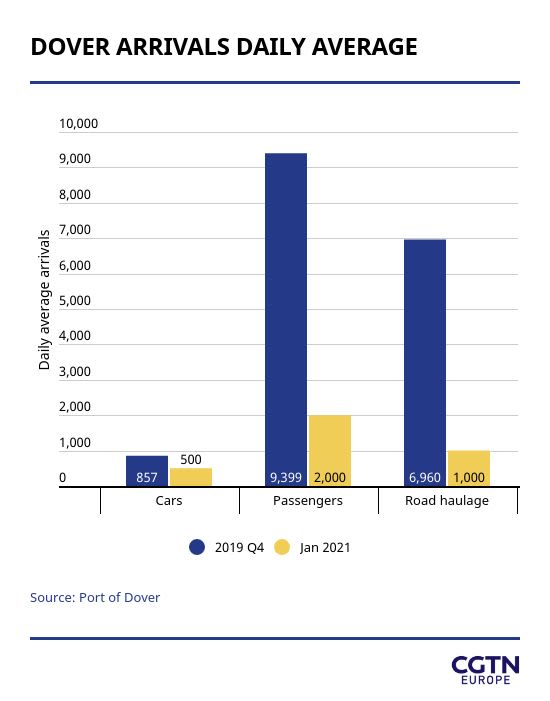
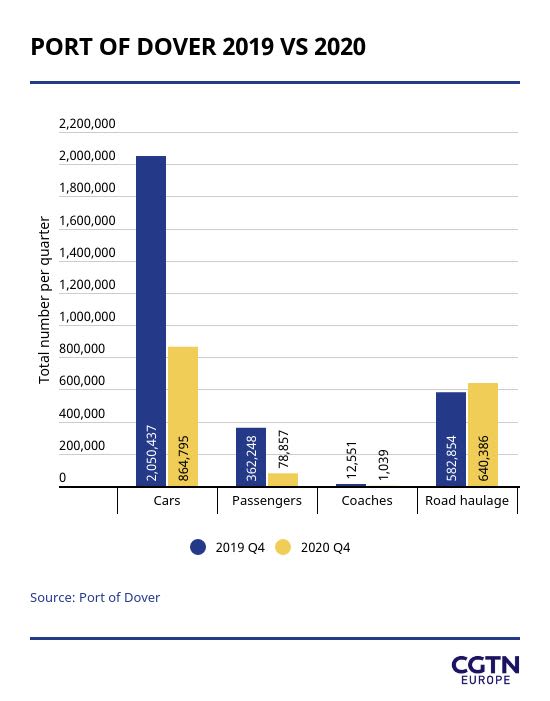
Dmitry Grozoubinski, CEO, ExplainTrade
Dmitry Grozoubinski, CEO, ExplainTrade
We've heard how governments reacted to Brexit, but what about businesses?
Looking at trade before Brexit – and key ‘deadlines’ along the way – it seems some companies stockpiled.
This chart shows the results of a UK government survey asking businesses if they’d stored up goods. Manufacturers were the biggest stockpilers, but not even 20 percent of businesses decided they needed or could afford to stockpile goods in or before 2020.
And by looking at UK imports – again by sector – from 2018 to the start of 2021, we can see how Brexit and its many deadlines affected business behavior.
These lines represent electrical machinery, medical products and organic chemicals – things businesses can't really wait for.
As you can see, they all jumped in three periods. They’re all points leading up to what was – at the time – a Brexit deadline date.
The first Brexit Date was March 29.
Then came (and went) October 31, 2019.
And the final push we can see here is to the deadline before the end of the transition period in January 2021.
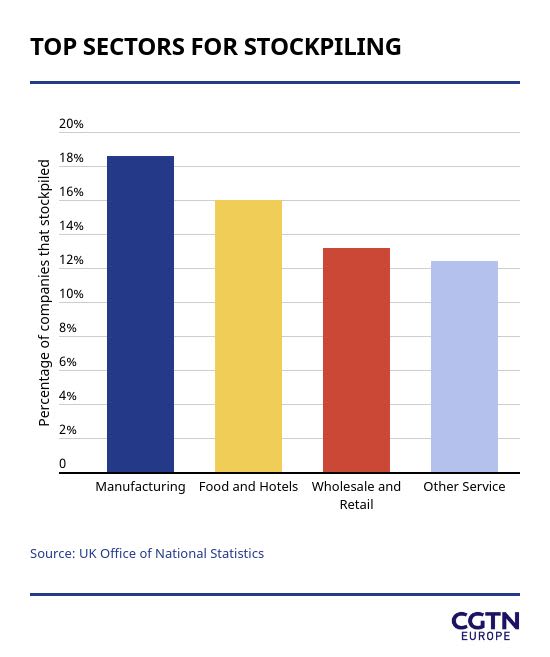
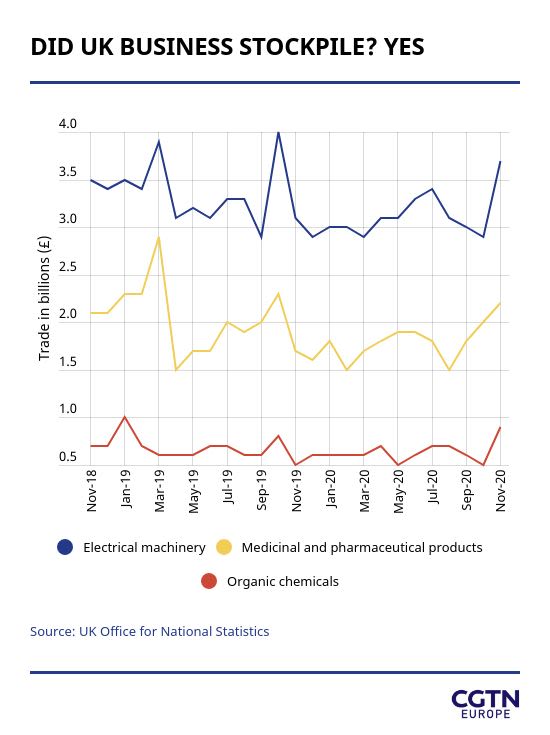
That's the business side – but how have consumers been affected? CGTN's Juliet Mann looked at the food sector, where there had been complaints of empty shelves at the start of 2021.

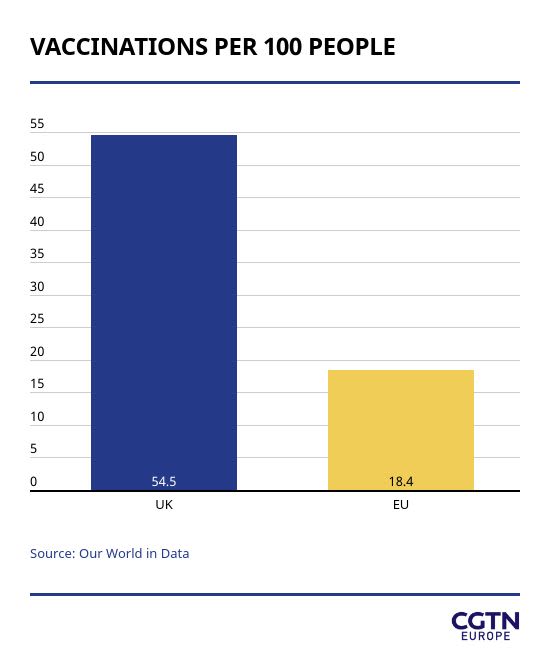
We've looked at goods, and food & drink – now let’s look at COVID-19 vaccines.
It might not link obviously to Brexit – but it has affected the way politicians in the UK and EU have reacted to delays.
Here we can see total vaccinations in the UK and the EU.
But the EU has six times as many people as the UK.

Mehdi Fedouach / AFP
Mehdi Fedouach / AFP
So by looking at vaccinations per 100 people, we can see a better comparison. As you can see on the right, the UK is no longer behind the EU – in fact, it's quite a distance ahead.
This disparity has led to anger in some EU member states, with calls for restrictions on vaccine exports growing louder from some quarters.
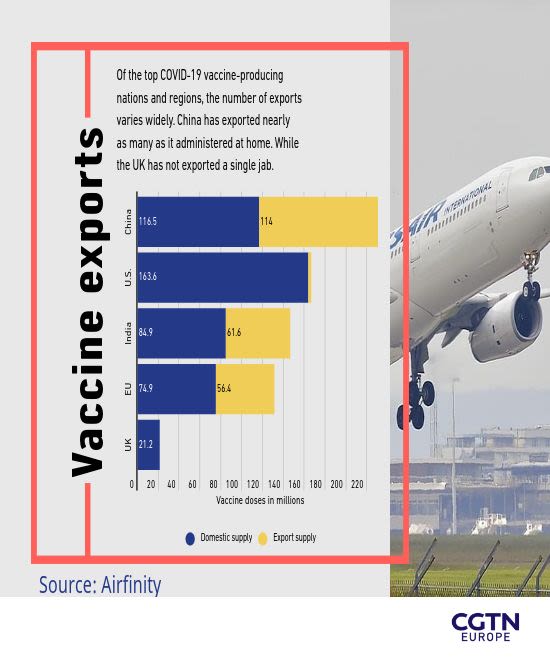
Movement of people came to an end
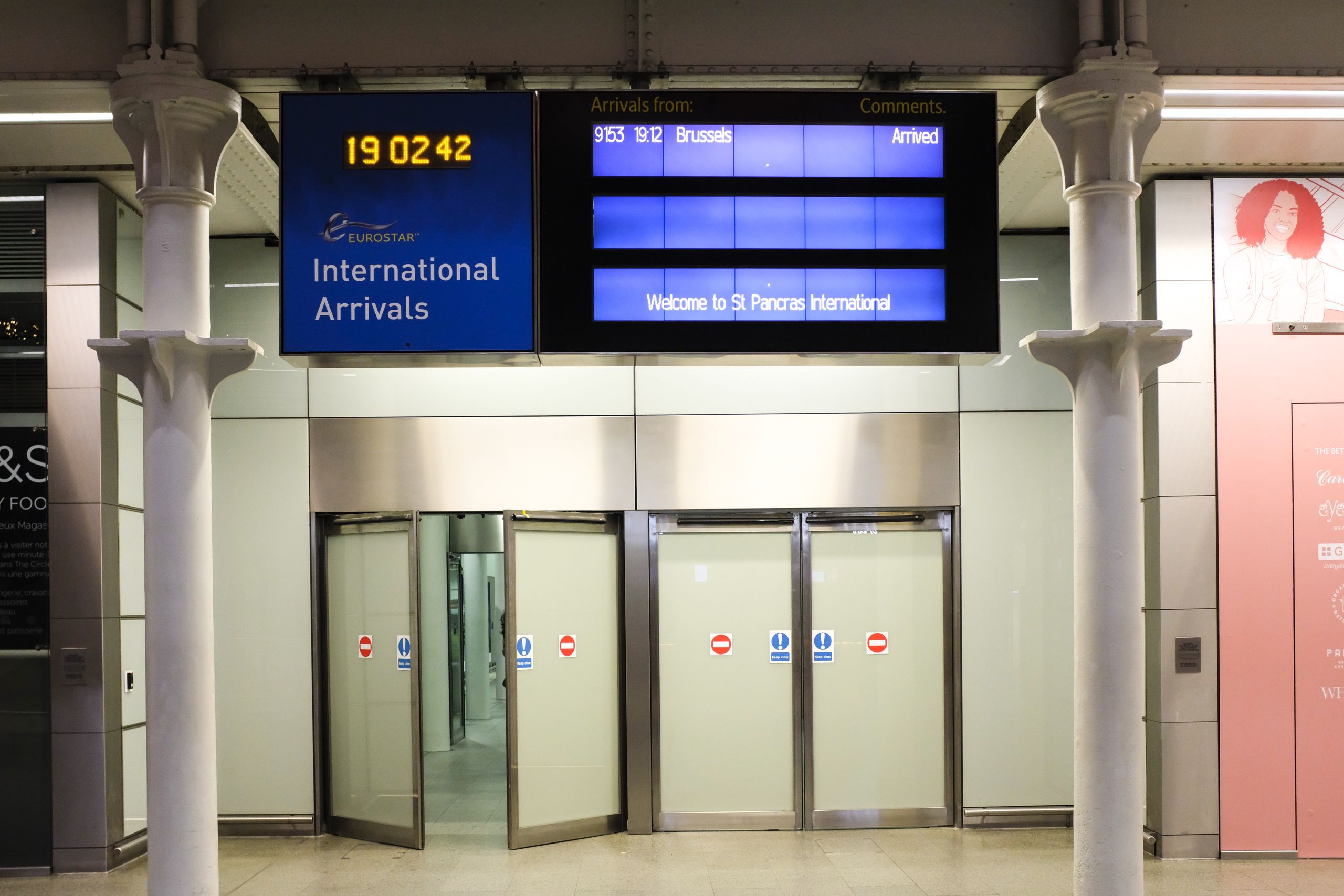
More than four million European citizens have applied to stay in the UK under the Settled Status scheme.
The most common nationality was Polish, followed by Romanians, Italians, Portuguese and Spanish.
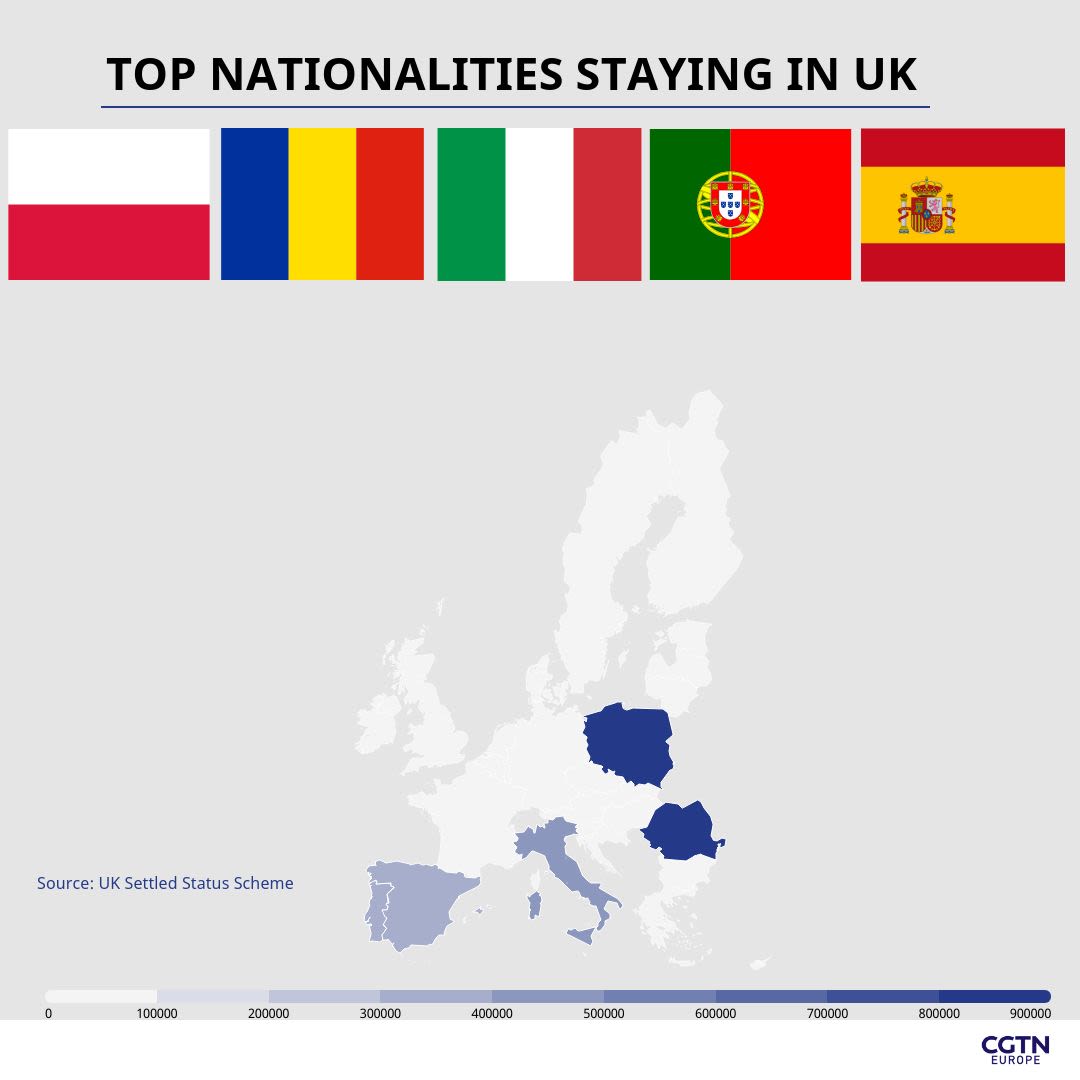
But along with all the people who move to or visit the UK from Europe, there are also thousands of pets that travel between the two each year.
Or at least, there used to be.
At least 60,000 dogs were imported into the UK from the EU in 2020, and more than half of those pups came from Romania where there’s a booming trade in rescue dogs.
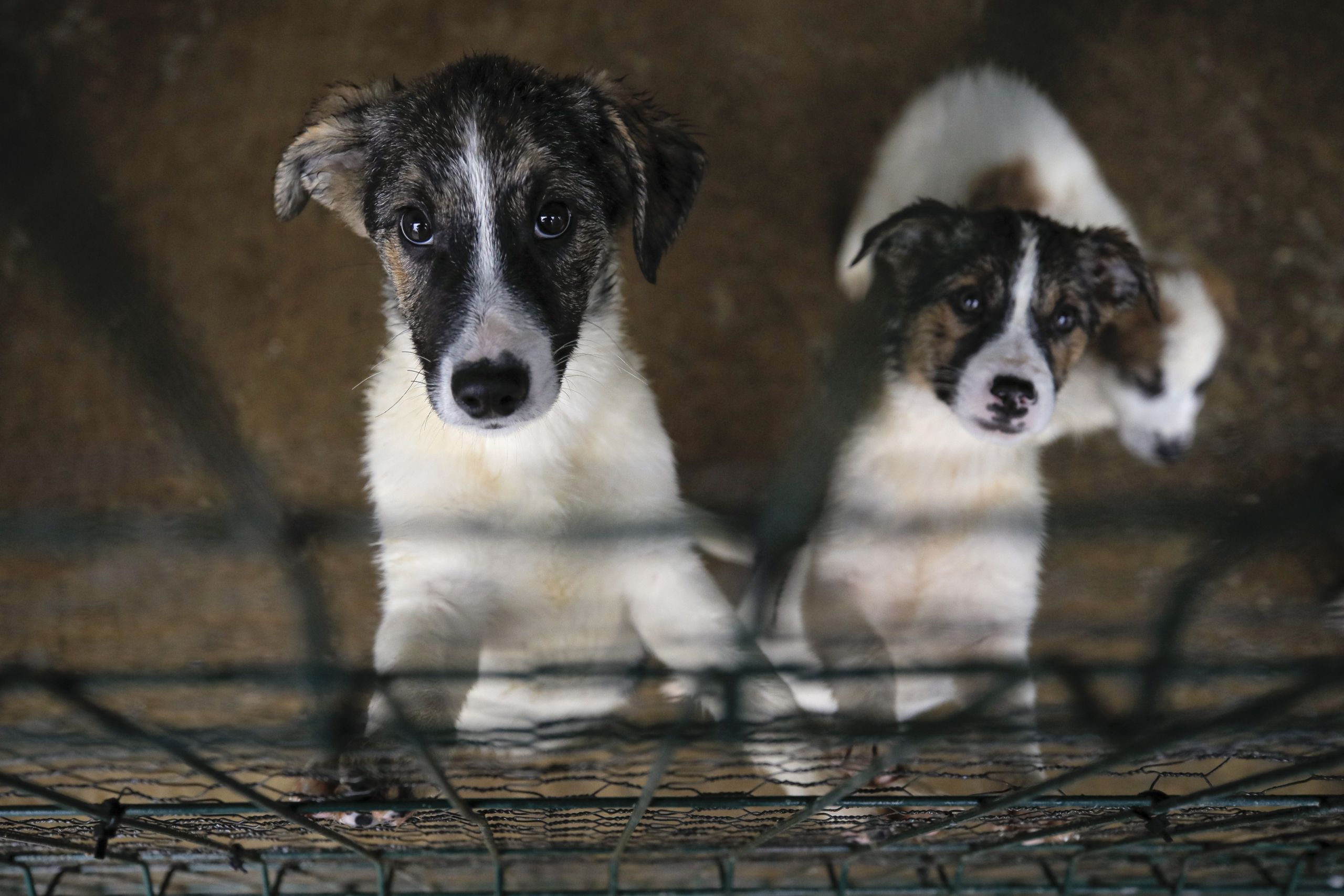
AP Photo/Vadim Ghirda
AP Photo/Vadim Ghirda
But changes to the paperwork needed to move animals into the UK had a big impact, according to charities that rescue street dogs.
In January 2021 only 513 dogs were imported into the UK. That’s a big drop from thousands every month.
Don't forget to let us know your views on Brexit, the future relationship between the EU and UK, and if Brexit has affected you.


